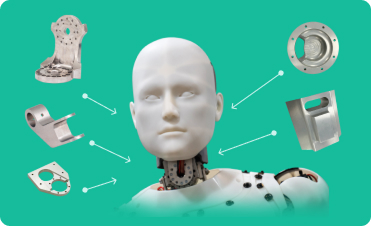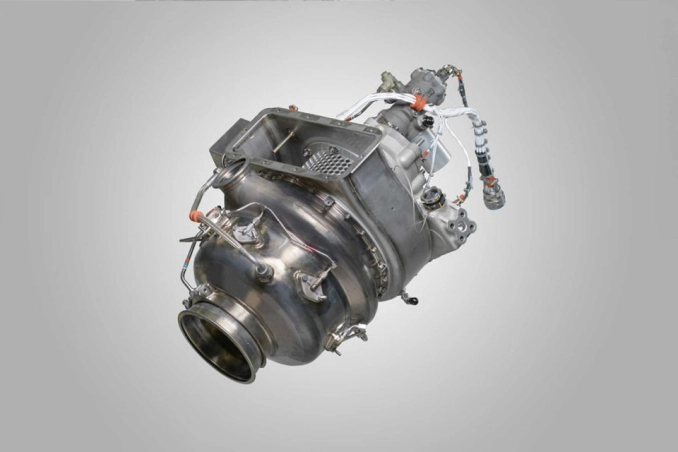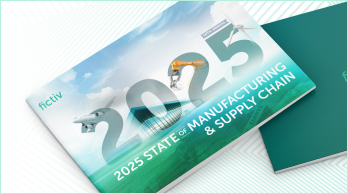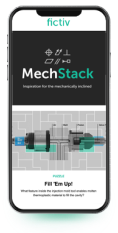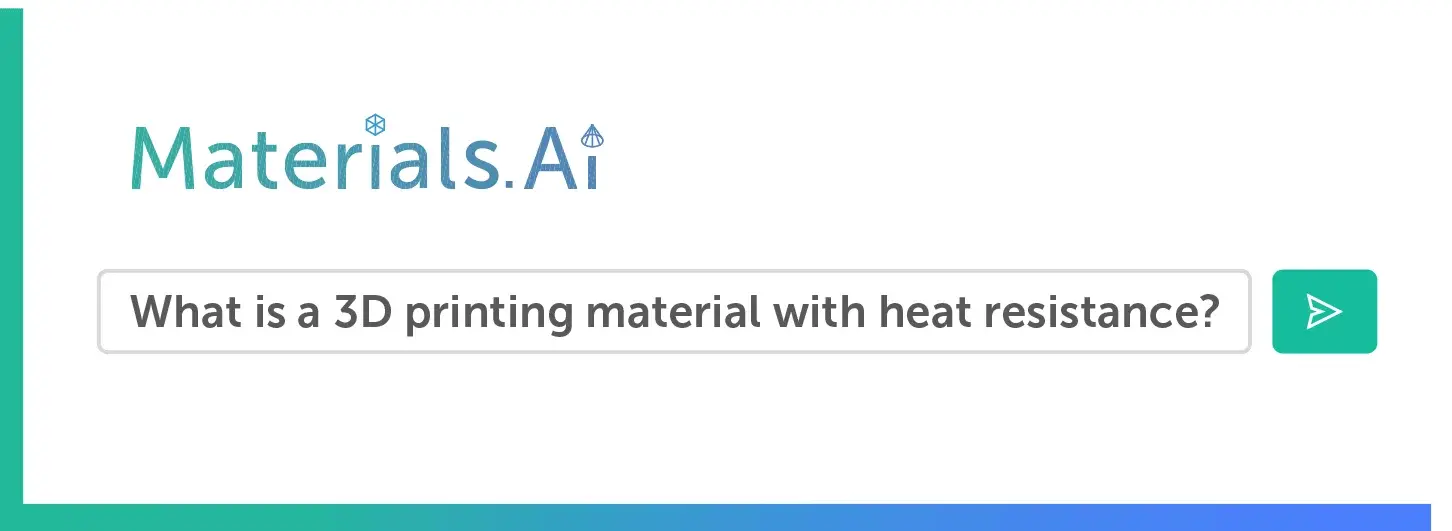Time to read: 4 min
I’d like to take you back to my days as a Division I rower at Stanford. For many college athletes, you spend thousands of training hours on the water for a race that takes mere minutes. What does this have to do with tariffs? Let me explain. As you navigate tariffs, you want to find experts who’ve been training for years for the changes that are happening daily. Experts to help you overcome supply chain disruptions – to mitigate massive risk — who have spent over a decade building out a global network of manufacturing centers in India, China, Mexico, and the U.S. – experts who can help you get ready for race day.
The Race is On
Tariffs are making headlines every day. In the past few weeks alone, Fictiv has been interviewed by USA Today, Investor’s Business Daily, SupplyChainBrain, Manufacturing.net, and more.
For over 10 years Fictiv has envisioned a world where creation has no barriers. Where the idea of building a rocket, solving climate change, and inventing the next lifesaving medical device can all be created with ease. Nate and I founded Fictiv to simplify sourcing and eliminate the major bottlenecks in supply chain and manufacturing. I’m reaching out today to help guide you through today’s volatile trade landscape.
What we’re hearing from customers and from our 10th Annual State of Manufacturing and Supply Chain Report:
- 95% say they’re worried about tariffs and expect a trade war.
- 77% lack resources to manage their supply chains; and
- 68% plan to onshore to the U.S. with over half looking at nearshoring to Mexico.
Few supply chain teams have the resources to manage their existing supply chains, let alone handle them during massive disruptions like tariffs. Everyone is left flat-footed, and very few people understand what’s been happening in the last week alone.
Tariffs 101
Here are a few of the questions we’ve been hearing from customers in the last few weeks.
- What different types of tariffs are there?
- Section 301 which is applied for “unfair trade practices”
- Section 232 which is applied for “national security” reasons
- IEEPA (International Emergency Economic Powers Act) which is applied for public health or national security reasons
- Are the new reciprocal tariffs cumulative?
- Yes, but there are exclusions
- Do the new reciprocal tariff have exclusions?
- Yes, if there is a Section 232 tariff then the reciprocal tariff will not apply
- What is the impact if I am importing an aluminum part from China?
- What rate applies and how much?
- Aluminum does have a Section 232 tariff so the new reciprocal tariff will not apply. Aluminum will retain the original tariff rate which has a general duty (2.5%), Section 301 (25%), IEEPA (20%), and Section 232 (25%) for approximately a 72.5% rate
For more on tariffs, check out our Tariffs 101 article. This is the first in a series of articles designed to keep you up to date on the latest tariff news.
Is Onshoring the Answer?
For those considering onshoring to the U.S., it’s important to recognize that this isn’t always a straightforward solution to avoiding tariffs. While reshoring is a desirable goal—especially with 68% of manufacturing and supply chain leaders expressing interest in bringing production back to the U.S.—I believe it’s essential to maintain access to global sourcing regions. A balanced, flexible approach is key.
U.S. manufacturing is on the upswing but the race is on to rebuild America’s supply chain infrastructure—and fast. For OEMs and manufacturers to thrive in this new era, embracing advanced manufacturing, automation, and new technologies is no longer optional—it’s essential. Not surprisingly, 90% of manufacturing and supply chain leaders are already experiencing the benefits of digital manufacturing. Especially important since the U.S. simply does not have the labor pool required to sustain large-scale production growth without the aid of advanced manufacturing solutions.
Fictiv recognizes the challenges and the benefits of strengthening U.S. manufacturing. That’s why we’re hosting the inaugural, invite-only U.S. Manufacturing Revitalization Summit in May. Please reach out if you want a seat at the table.
Tariff Mitigation Starts Now: Resources You Can Use
Fictiv is uniquely positioned to help ensure you have the tools, technology, and expertise needed to navigate this evolving landscape and to navigate tariffs. We’ve developed the following resources to help you manage tariffs today.
Fictiv’s 5-Point Tariff Mitigation Strategy
- First Sale: Businesses can reduce tariffs by using a lower value for imports since companies can use the price paid in the first sale. This allows the earlier sales value to be used in declaring customs value as long as that sale can be documented as a sale for export to the U.S. and the importer meets all other custom requirements.
- Tariff Engineering: Refers to the process of designing, manufacturing or altering a product in a way that legally reduces the applicable tariff. By engineering the product’s characteristics, such as its composition or assembly method, companies can qualify their products for a more favorable HTS classification (Harmonized Tariff Schedule—a system used to classify and define goods being imported or exported internationally).
- Country of Origin: This involves manufacturing the part in a country with more favorable tariff impacts for that particular HTS classification.
- Free Trade Zone (FTZ)/Bonded Warehouse: This involves establishing a staging location for parts/products in order to delay the actual import. It allows businesses to re-assemble or alter products to meet lower tariff designation.
- Duty Drawback: This enables businesses to pay duty up front. Once it’s re-exported outside of the U.S., businesses can file for duty reimbursement.
Making sure you have this level of technical institutional knowledge is critical. And if you don’t have that expertise, partnering with other companies that do will help mitigate tariffs and other supply chain disruptions.
Why Fictiv
If you have questions or need help, we offer a tariff concierge service to walk you through what the tariffs mean for your business, and what duties you can expect to pay by material, global region, and trade agreements.
This is race day – It all comes down to who can help you find a way forward – regardless of what happens next.
Additional Resources:
Strategies for Tariff-Proofing Your Supply Chain
Fictiv DDP Shipment Upgrade Program for International Orders

